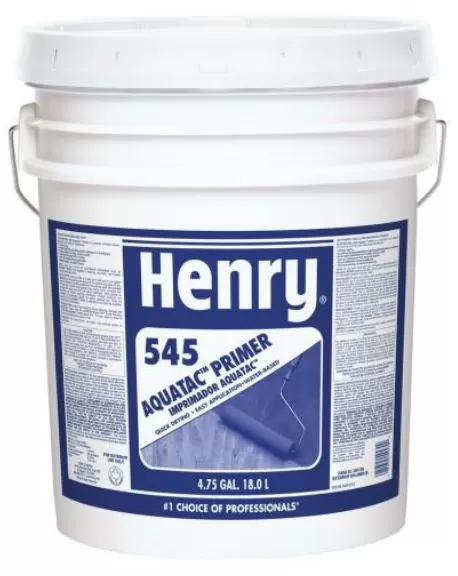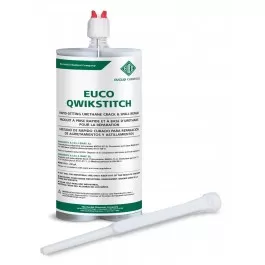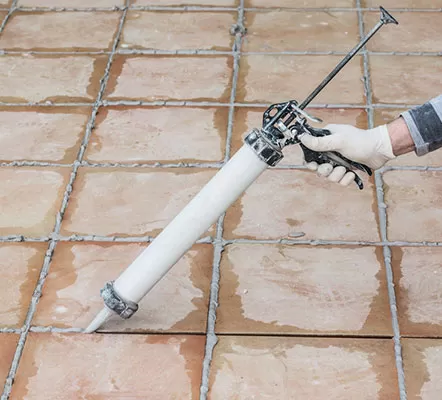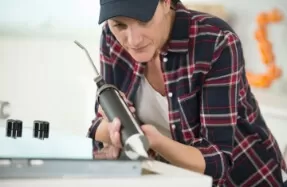Blog
5 Most Common Causes Of Sealant Failures
Sealants are an excellent way to fight the many problems that cavity walls can encounter, such as damp, draughts and condensation. However, you might find that despite having the right type of sealant, you’re still experiencing issues with your home. So what’s going wrong?
Sealant failure can come from several different sources, and you’ll have to look at each one individually to prevent it from happening again in the future. Here are the five most common causes of sealant failures and how to deal with them.
Poorly Designed Joints
Seal failures are usually not caused by sloppy workmanship, but by poorly designed joints. The most common culprits are improper slope and inadequate bedding. Sealing joints must have a 1/4-inch drop for every 12 inches of joint width, or an average grade of 1/4-inch per foot, from the highest point on one side to the lowest point on the other. On horizontal surfaces, make sure there is at least a 1/2-inch drop in every foot; or an average grade of 1/2-inch per foot across horizontal joint widths. Slopes steeper than 1/4 inch in 12 inches can easily cause water leakage problems where too much bitumen drains out before drying or curing properly.
Inappropriate Selection
This is a common mistake, and it’s pretty simple to understand why. It happens when folks select sealants that are not appropriate for their specific application. For example, you wouldn’t want to use an elastomeric roof coating on your garage floor because these products don’t offer much protection against stains or wear and tear. In short, use sealants only where they’re needed. You won’t get great results if you don’t match your needs with your materials.
Improper Application
Improper application is one of the most common reasons for sealant failures. The best way to avoid it is through the proper training of an expert applicator who understands all your needs. If you are planning to hire a company, first make sure that they have experience in sealing or waterproofing services before going ahead with them. You can also visit their previous sites and ask for references. The best companies will always be willing to provide a list of recent jobs so that you can get an idea about their work ethics and quality control in these areas.
Reversion
Another cause of sealant failure is simply time. Over time, some types of sealants can begin to break down. This is called reversion, and it’s one of the most common causes of sealant failures in older homes. The good news: it’s pretty easy to spot reversion and even easier to fix! Reversion occurs when moisture penetrates under the paint. Once there, it reacts with chemicals in your paint’s binder, causing breakdown and damage from beneath your surface coatings.
Imprecise Specification
Ensuring your specifications are as clear and detailed as possible when buying sealants will help to ensure you’ll get a product that works and that you’ll be happy with. If there are any grey areas in your requirements, it’s easy for manufacturers to deliver an incorrect product. It might not even be something they intended; even if they’re experts in their industry, it’s harder to predict what you need if there aren’t specifics included in your requests. So make sure your specification details are precise—don’t leave room for confusion or error!




